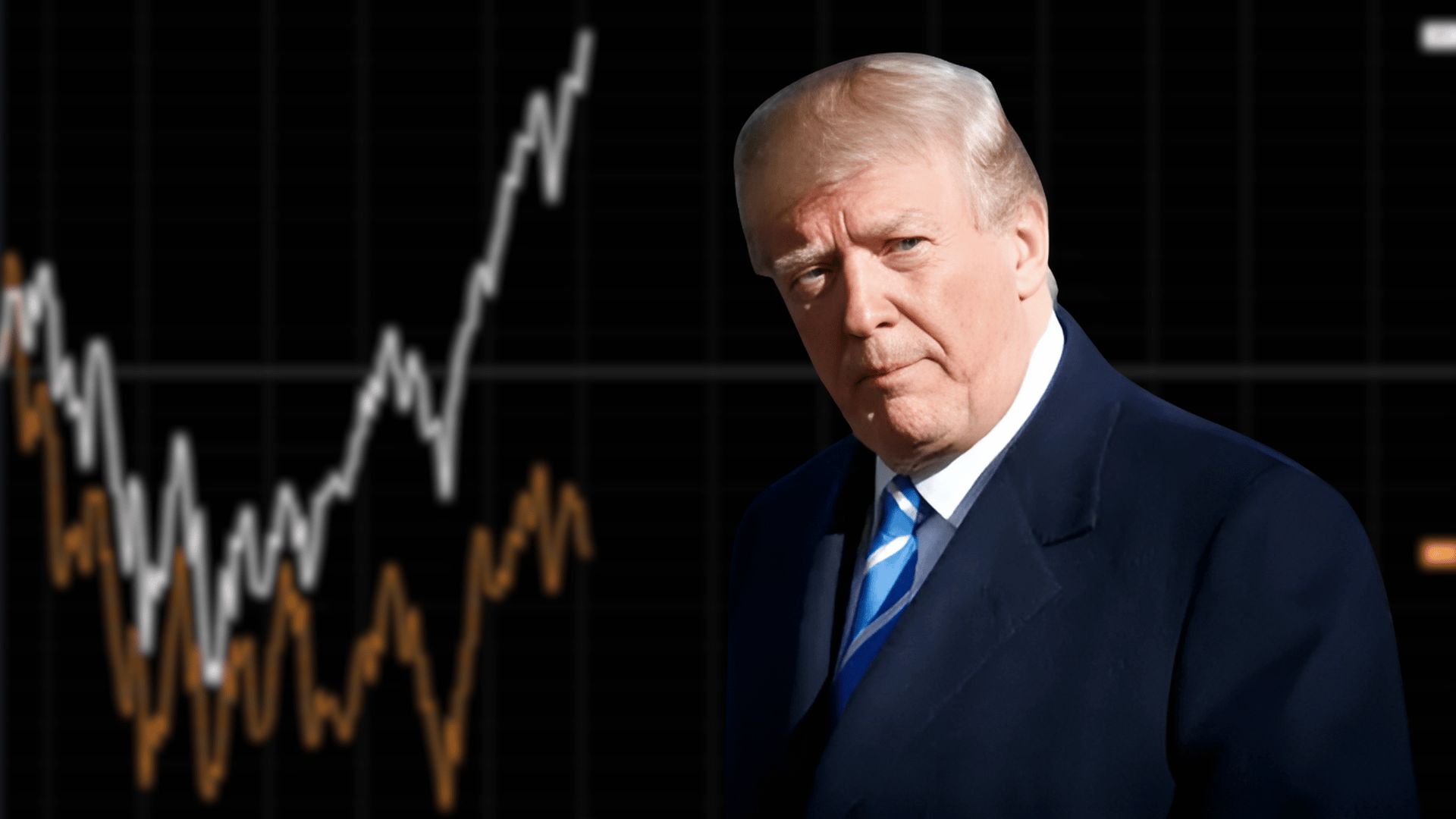
The aggregator ParaSwap transforms into Velora and introduces an innovative approach to decentralized trading (DEX): an intent-based system that offers greater flexibility, protection against MEV, and interoperability between blockchains.
Let’s see all the details in this article.
Velora, formerly ParaSwap, revolutionizes trading on DEX: personalized intents, MEV protection, and cross-chain interoperability
With a strategic rebranding and a significant technological update, ParaSwap changes its skin and becomes Velora, inaugurating a new phase for decentralized trading.
The transition to the intent-based trading system, already introduced experimentally in 2024, is now realized in the update Delta v.2.5, aiming to redefine the user experience on the platform.
Velora is not limited to a name change.
The new identity indeed brings with it a restructuring of the technical architecture, focused on increasing operational flexibility, protection from the risk of Maximum Extractable Value (MEV), and the expansion of operations on multiple blockchain.
According to the data provided by TokenTerminal, the platform recorded 18,000 monthly active users and over 4.3 million interactions with smart contracts in the past year, numbers that confirm the constant interest in solutions that simplify access to the DeFi world.
Intent-based trading represents an evolution compared to the traditional models of DEX. In this new paradigm, the user defines the intention of exchange.
For example, a desired price or a time window for execution, leaving it to an automated and decentralized system to find the most efficient way to complete the transaction.
In detail, Velora divides each order into three operational phases:
- Pre-processing, with the definition of the target price and user preferences;
- Auction, in which various operators compete to execute the order by offering the best strategy;
- Execution, entrusted to the best selected executor, with the goal of maximizing efficiency and protection from MEV.
This structure reduces the technical complexity for the user, making even traditionally complex operations more accessible.
MEV under control: a priority for modern DeFi
The Maximum Extractable Value, also known as MEV, is one of the most significant issues in the DeFi landscape.
This is the value that can be extracted from an order through manipulative operations such as front-running or sandwich trading, often conducted by automatic bots that exploit the structure of public blockchains.
Velora addresses this issue by integrating MEV protections at the protocol level. According to the project’s founder, Mounir Benchemled, the goal is to create a more equitable ecosystem:
“MEV negatively impacts the fairness of transactions. With an intent-based system, we can return power to the user and improve the overall transparency of DeFi trading.”
In addition to MEV protection, Velora introduces advanced customization tools.
Users can define limit orders, specify execution conditions, and operate outside the constraint of a single block, making strategies more sophisticated and suitable even for experienced traders.
Another innovative aspect is the cross-chain functionality, which allows users to interact with multiple blockchains in a seamless and integrated manner, overcoming one of the historical limitations of traditional DEX.
This approach opens the doors to a new form of decentralized trading without barriers between ecosystems, with an automatic optimization of paths and resources available on the various networks.
The vision of the sector: a new standard for DeFi
According to Sergej Kunz, co-founder of the DEX aggregator 1inch, the complexity of DeFi is one of the main obstacles to its large-scale adoption. Kunz emphasizes how intent-based systems can change this narrative:
“The goal is to transfer the complexity of execution from individual users to professionals or specialized bots, maintaining transparency and security. This is the future of DEX.”
In fact, the ability to combine automation, efficiency and security is what is driving the next generation of DeFi tools, and Velora seems to be perfectly positioned in this context.
With the transition from ParaSwap to Velora, the DeFi ecosystem is enriched by a platform that puts the user at the center, reducing technical complexity without compromising operational freedom.
The intent-based trading system, combined with cross-chain functionality and MEV protection, marks a significant breakthrough for those seeking more advanced yet accessible tools.
Velora promises to break down the barriers to decentralized trading, offering a new experience oriented towards transparency, security, and customization.
If the trend is followed by other players in the sector, we might witness the beginning of a new era in decentralized finance: smarter, more efficient, and more inclusive.

 18 hours ago
16
18 hours ago
16









 English (US) ·
English (US) ·